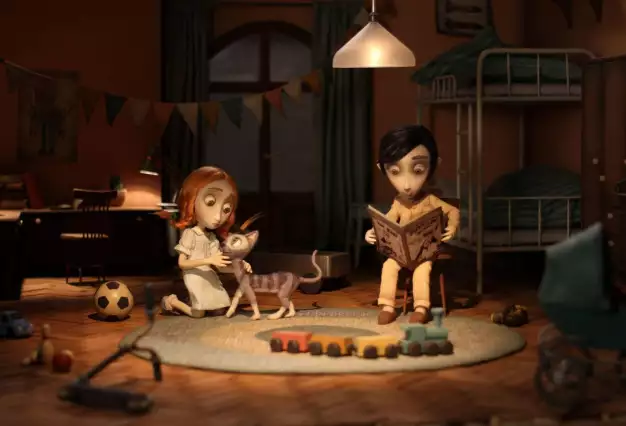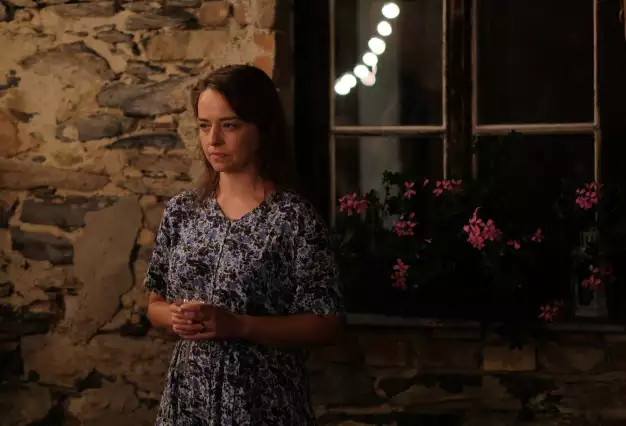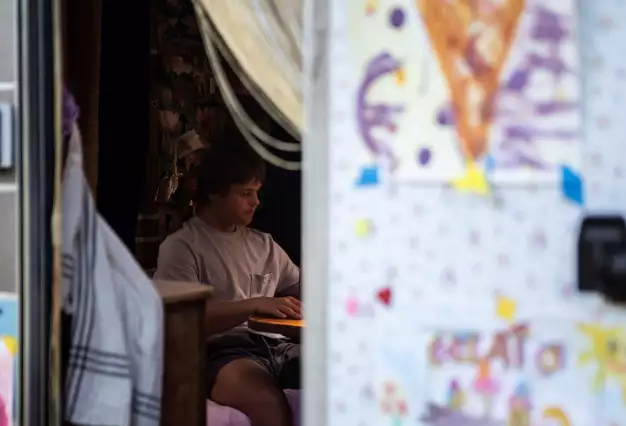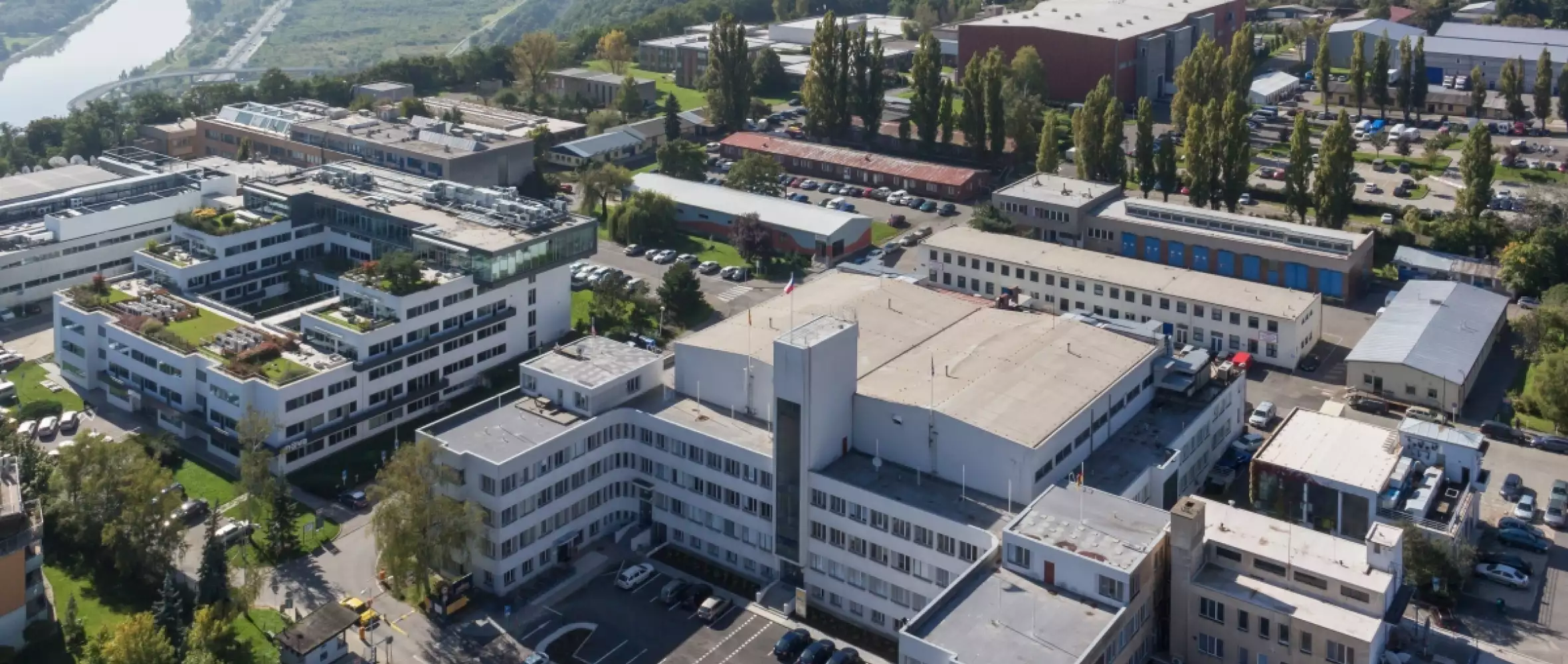
28 August 2016
Beautiful, and with a Good Head to Match!
Beautiful, and with a Good Head to Match!

The Czech Republic’s photogenic landscape draws projects from around the world, and the nearly century-old Barrandov Studio in Prague, which houses one of the largest costume and prop rental houses in all of Europe, pulls productions big and small with its experience, expertise and facilities. Among others, these include the provision of services, a widely acclaimed set construction unit and a storied dubbing studio.
Article by André Crous for Czech Film Magazine / Fall 2016
While the rest of the country spends the mid-summer months soaking up the sunshine (or a couple of pints at the pub), one of the world’s most famous film studios is abuzz with projects ranging from the tiny to the epic.
“We are busy! Thanks to our good name and to production incentives!” exclaims Petr Tichý, the CEO of Barrandov Studio, in a discussion about the many projects currently underway on the nearly 100-year-old lot. Barrandov offers filmmakers 12,000 square metres of soundproof studio space and a surface area more than 12 times as big on the backlot.
Much of the backlot is currently taken up by the gargantuan Knightfall production, which is employing a significant portion of the studio’s available crew. Knightfall is a 10-part television series slated for broadcast on the History Channel and is set during the beginning of the 14th century. Having kicked off in July, shooting will continue until December, and the production will utilise not only the backlot but also two of the sound stages, as well as locations in and around Prague. Two-time Academy Award–nominated actor Jeremy Renner, who starred in the 2012 action film Mission: Impossible – Ghost Protocol (a film that was partly shot in Prague), is one of the executive producers of the series.
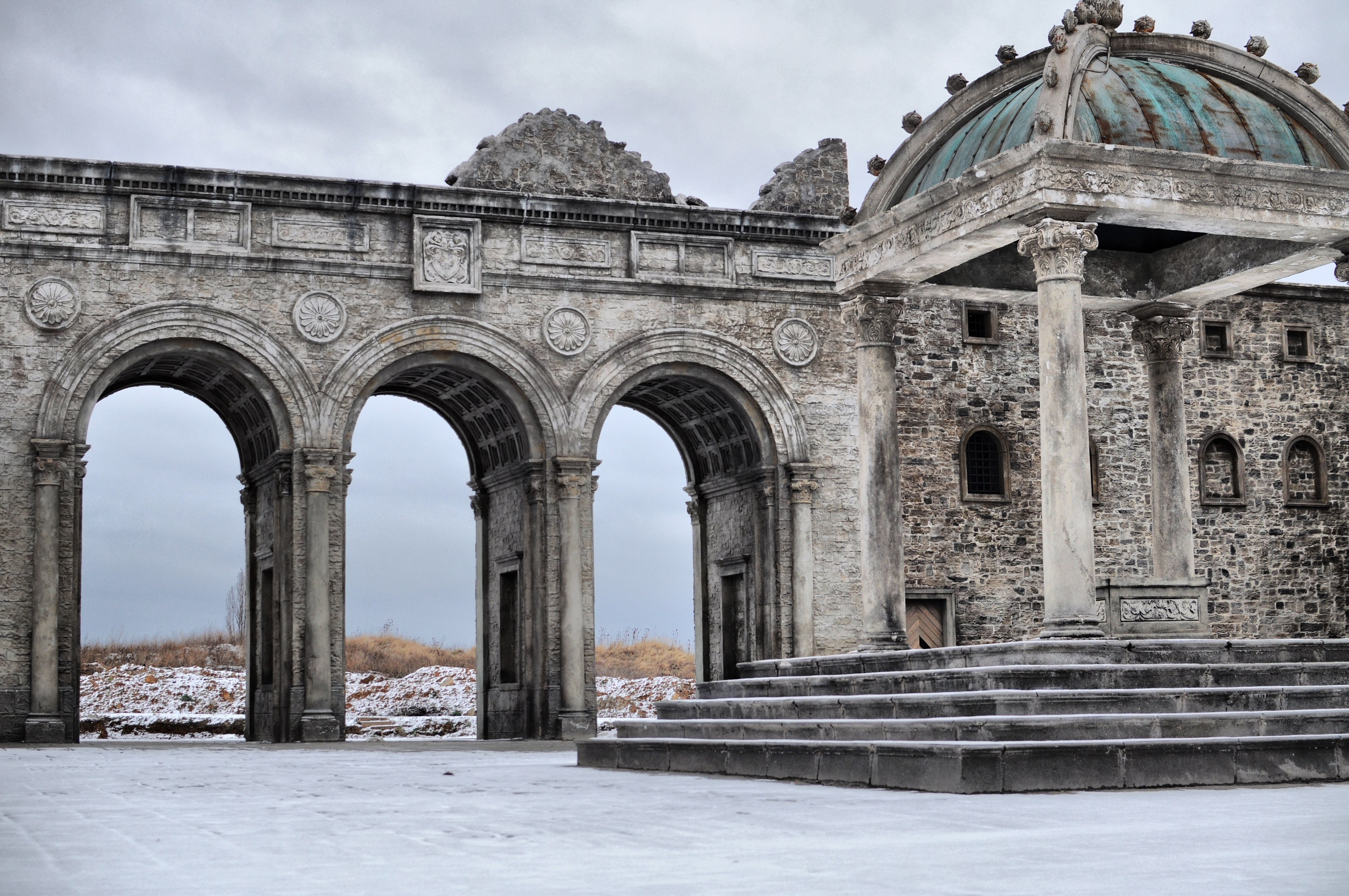
According to Tichý, what really sets Prague’s most famous film studio apart from its competition, besides the vast amount of space available to productions – which includes the baker’s dozen of sound stages (all of them soundproof) and the 30 acres of backlot – and a dubbing studio with more than 65 years of know-how, is the quality of its craftsmanship. The skills of the crew have grown over time to the degree that foreign productions can use local competence instead of having to bring entire crews from abroad.
“In the past, there were a lot of people on the American crew”, says Tichý. “Today, they mostly come just with the heads of departments and then cooperate with the Czechs. That was the case, for example, with the recent The Ottoman Lieutenant.” Another big draw is the stunning repository of items housed in Barrandov’s costumes, furniture, wigs and props department, better known as the “Fundus”.
The Fundus, which is the largest rental house of its kind in the country and one of the largest in Europe, manages a collection of at least 500,000 pieces, including well over 300,000 costumes, 20,000 pairs of shoes, 70,000 small props and 30,000 pieces of furniture ranging from the Middle Ages to the present day. It also owns substantial collections of costumes from some of the biggest recent television productions shot on site, like Borgia and The Musketeers. At the head of the department is Věra Krátká, who has been intimately involved in the work of the Fundus for 15 years.
“When I started, most of the customers came here and wanted to see everything personally. Today, almost all communication is online.” Krátká goes on to explain that every single piece in their collection has an identification number and a photo that are used to manage the operations smoothly and to communicate quickly with people on the other side of the world.
Usually, bookings for props and furniture are made online. Costume designers can view the range of available items, organised by style and period, electronically, although they still tend to prefer the tactile intimacy of visiting the Fundus in person to discuss the finer details and arrange combinations and alterations. While production on the recent shoot of a commercial for Macy’s department store lasted only four days, the actual work that went into the preparation of the costumes rivalled that of a feature film shoot, as the project covered many different time periods, from the Renaissance and Baroque eras up to the present day.
As is the case more generally with Barrandov Studio, the work at Fundus never stops. “If you are not busy with customers, you must work on identification, taking photos, repairing the items and so on”, Krátká explains. The opportunities that the current state of technology affords the department have had a significant impact on preparation times: As an example, Krátká mentions the 1984 production of Miloš Forman‘s Prague-shot Amadeus, which costume designer Theodor Pištěk spent a year preparing. Asked how much time the Fundus would spend on a similar project today, Krátká estimates around three months. John Stephenson’s large-scale, Mozart-themed Interlude in Prague, shot in Prague in the spring, “had no more than a month for the preparation”, she says.
While interest in the Fundus’s collections is most pronounced in its rental of costumes and props to historical productions, including the television series mentioned above, and in at least two large feature films set during the Second World War (Jan Svěrák’s Barefoot and Jan Hřebejk’s family saga Garden Store), the department also provides many items to more contemporary projects.
While the Fundus has various specialists for its many sections, Krátká admits that a general decline in interest in particular kinds of artisanal work places her department, and presumably others around the rest of the world, in a challenging position. “In the past, people made the shoes here. Today, there’s no new generation of shoemakers. Maybe you can learn to make hats, but only the contemporary ones – not period hats. For the garment cutting workshop, I have also been looking for someone for two years to make historical costumes for men”.
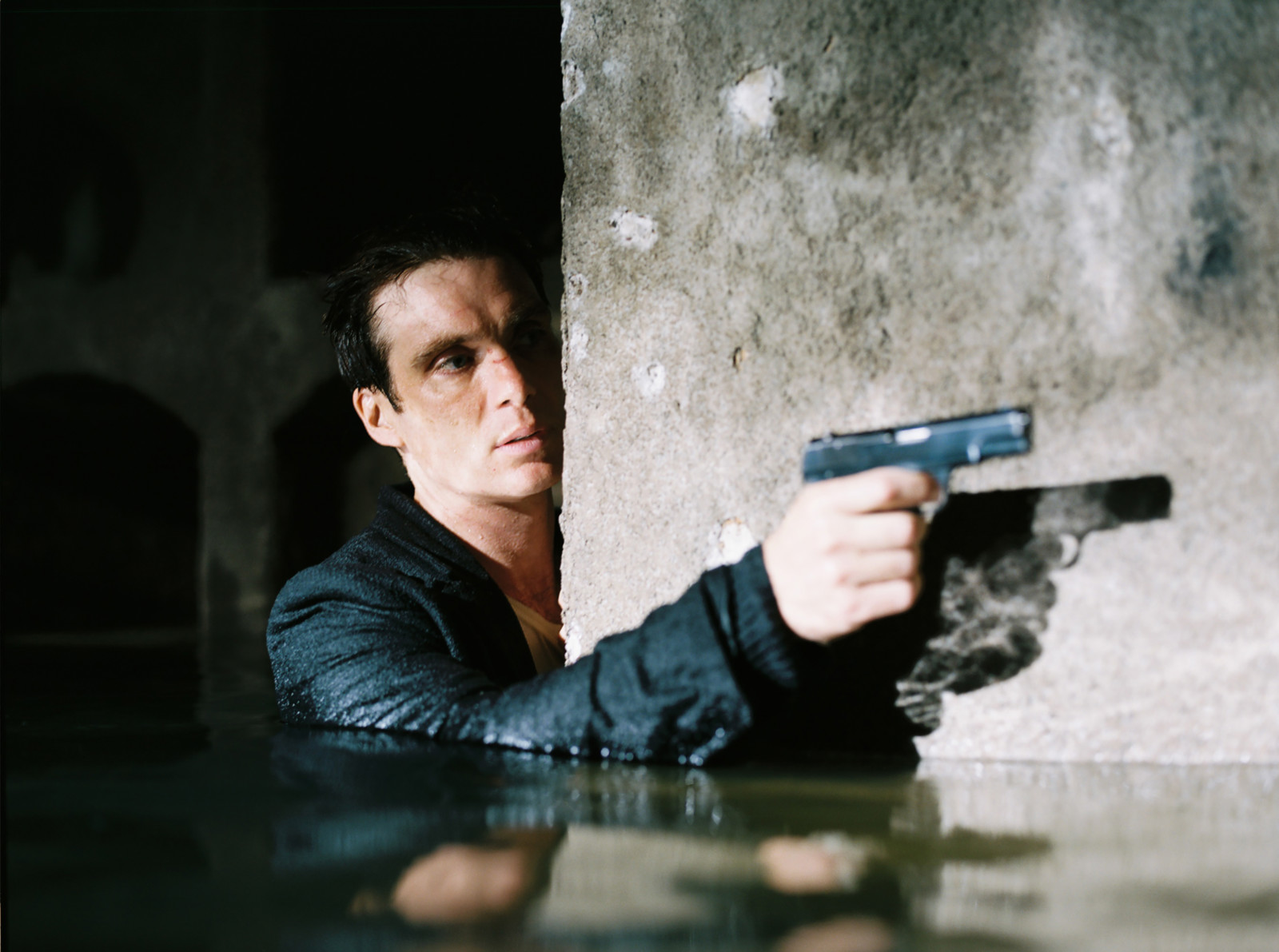
When it comes to offering students an opportunity to gain exposure to the workings of the film industry, Tichý emphasises that students have the possibility to work on the short-term international and domestic projects that utilise Barrandov’s facilities and services. The studio has a longstanding agreement of cooperation with the famous FAMU film school based in Prague. This cooperation enables the students to make use of the studio’s state-of-the-art Fundus and production resources.
One of the most talked-about recent projects to take advantage of Barrandov Studio’s numerous services is the dramatic Second World War–set Anthropoid, based on the real-life bravery of Czech and Slovak soldiers who assassinated one of the most powerful figures in the Nazi hierarchy before paying the ultimate price in a shootout in a church basement. Within just a few weeks, Barrandov’s set construction department produced a full-scale – and, most importantly, considering the size of the undertaking, safe – replica of the church (the Saints Cyril and Methodius Cathedral) for the shoot.
This kind of work falls under the purview of Barrandov’s set construction unit, led by Štěpán Červený. When asked about the kind of work required for a television production such as Knightfall, Červený says, “It’s like filming a feature film: The expertise has to be perfect.” Apart from the mammoth television productions already mentioned above, Červený and his team have created the sets for numerous other films over the past few years, including Child 44, which takes place in the Soviet Union during the early part of the Cold War, and the futuristic science-fiction drama Snowpiercer. The latter required several distinctive train compartments to be constructed and decorated in often vastly different styles, while sound stages were interlinked to create sufficient space for the enormous train.
Just like the train in Snowpiercer, the film studio follows a trajectory determined by the number of days in the year but is always moving forward. While its main focus is on being a service provider, it also has a co-production department that is currently developing a film based on the life of Miloš Havel – the studio’s founder and the uncle of Václav Havel, who became the country’s first post-communist president.


